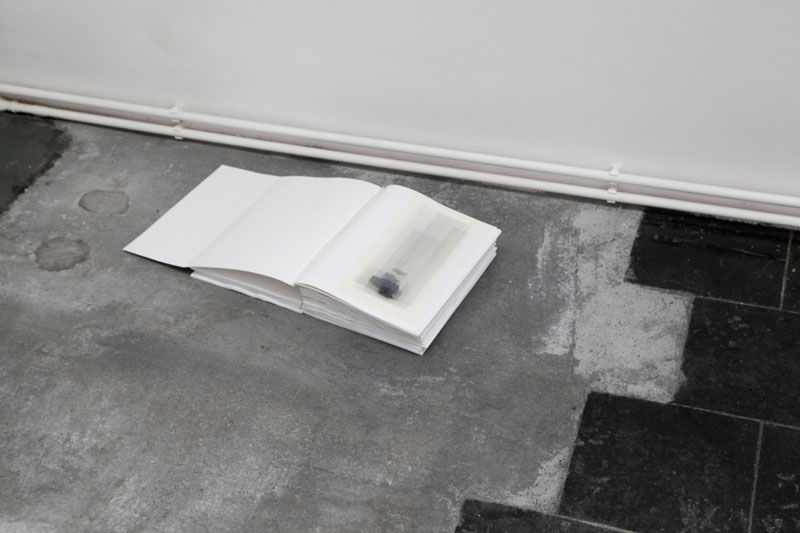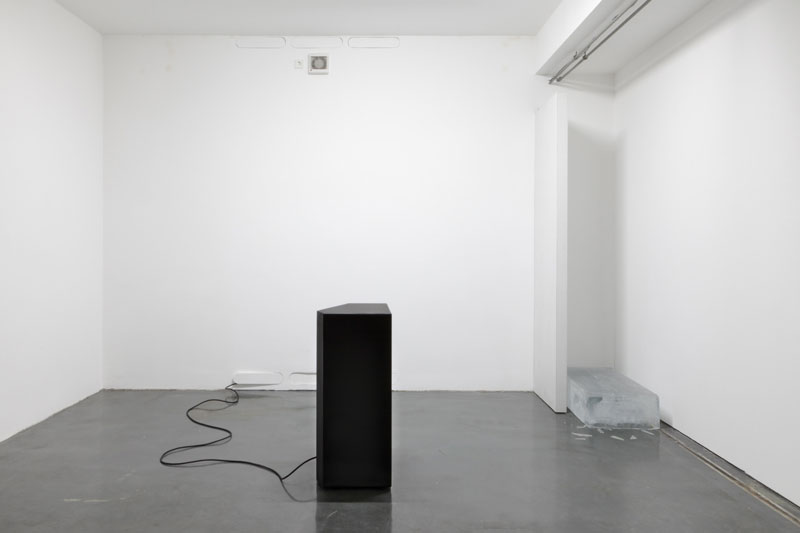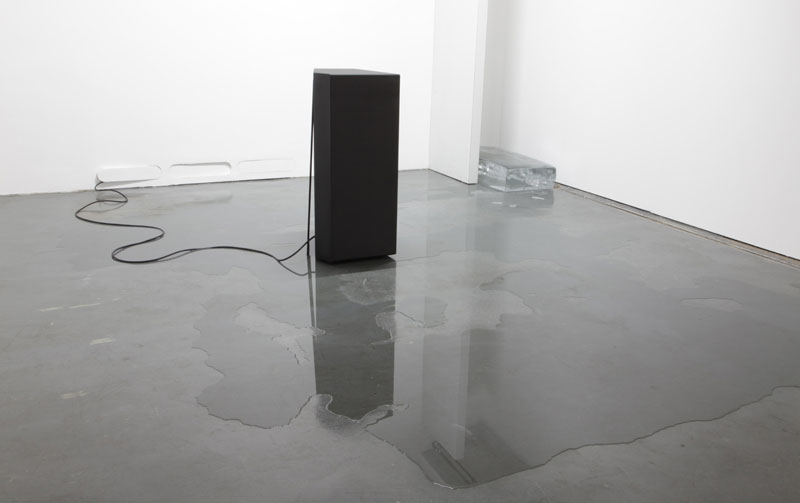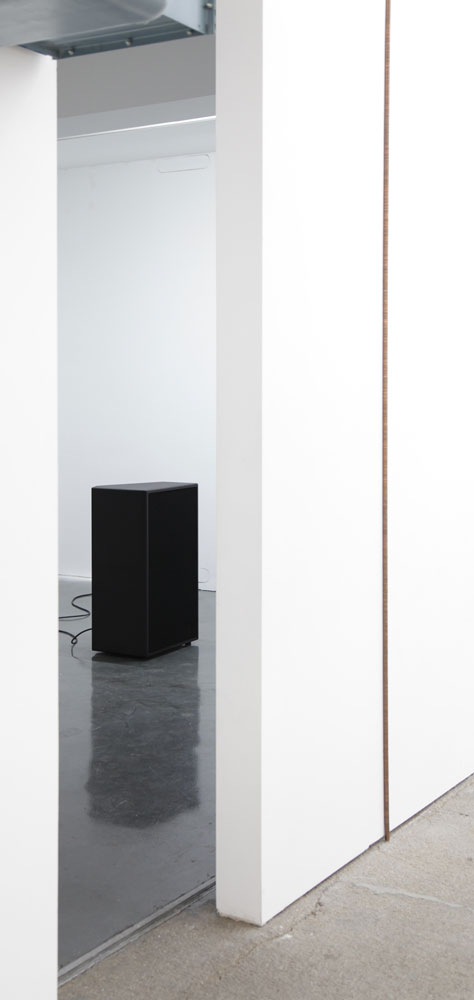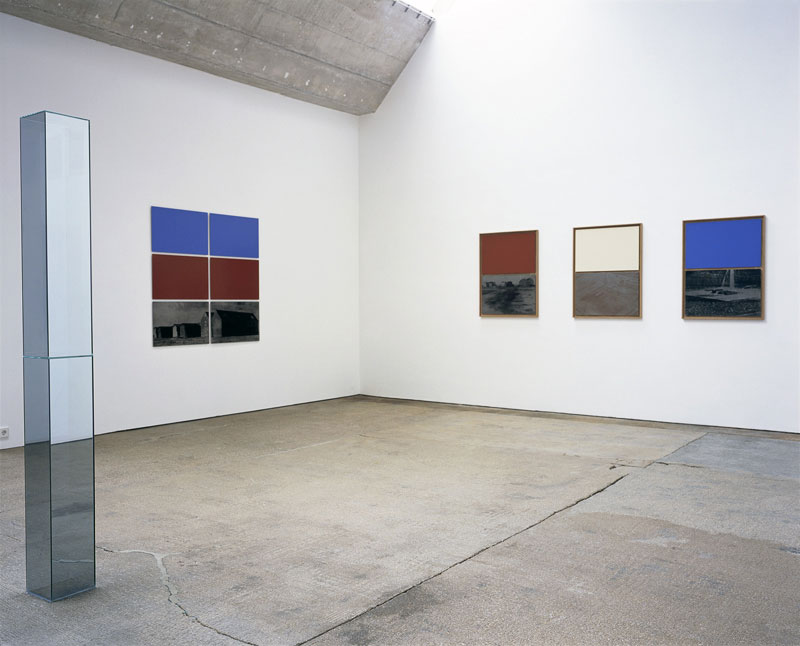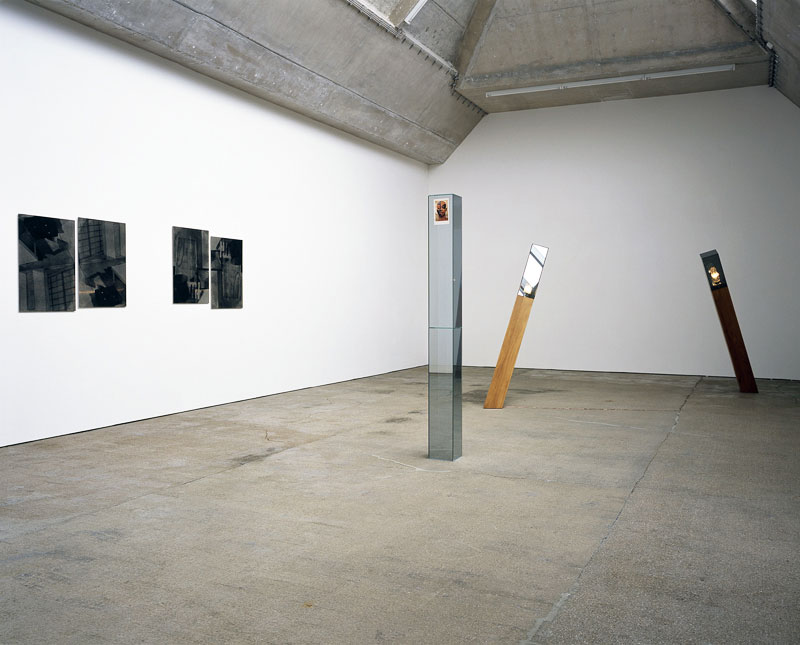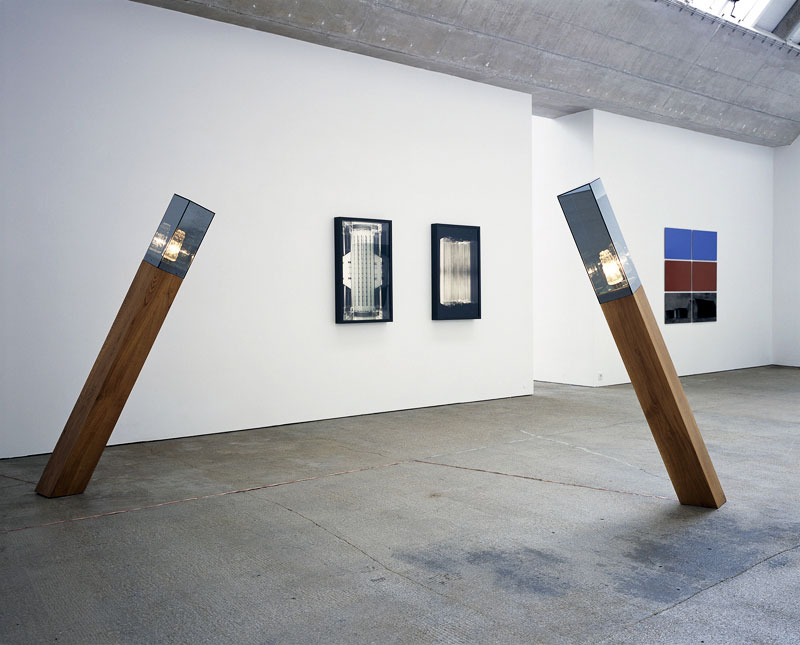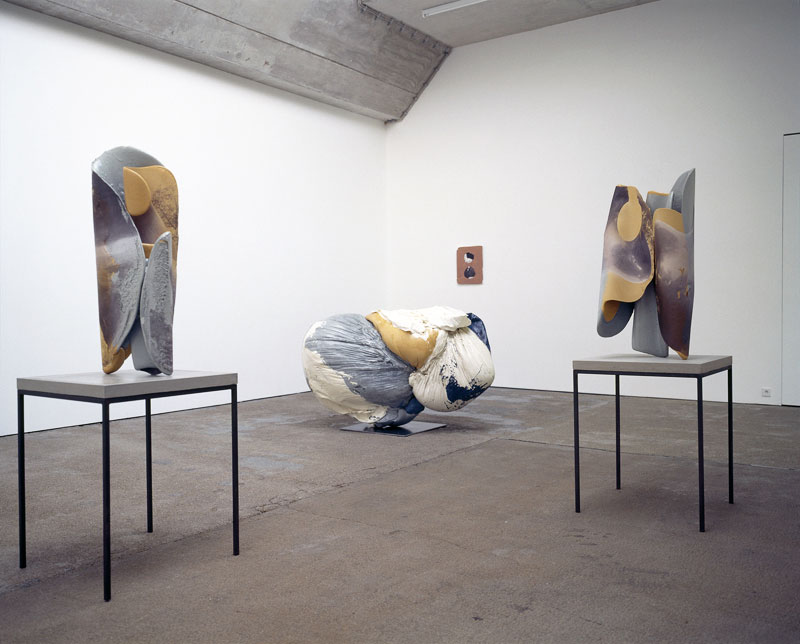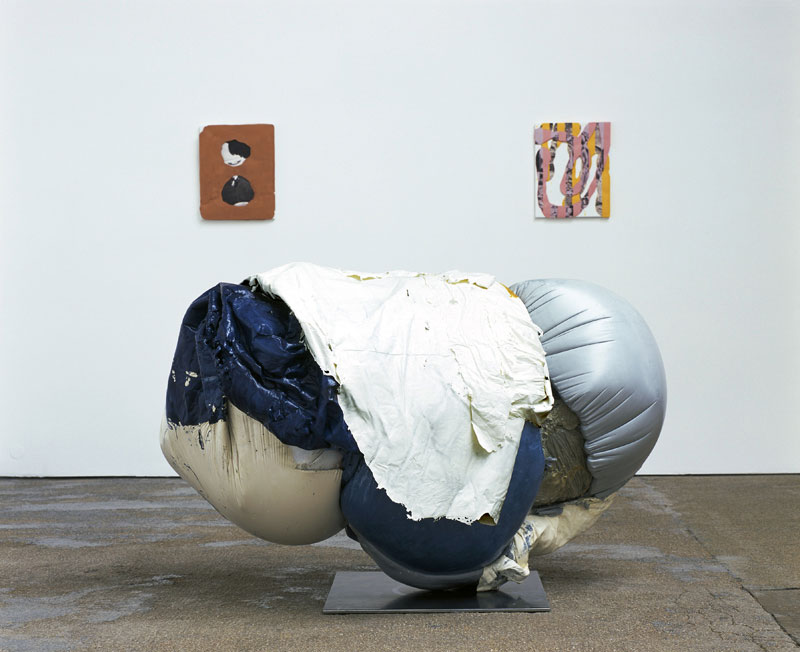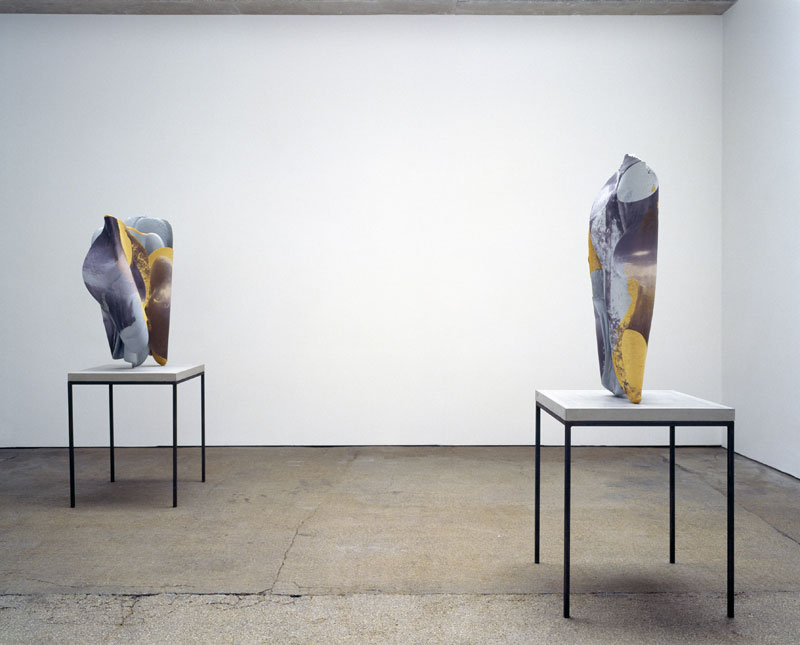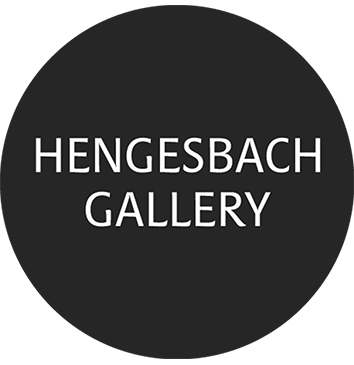NIKOLA UKIC, AMIR FATTAL, ASTALI/PEIRCE
9 March – 20 April 2013
The group exhibition Riss – (Disruption) is a collaboration between Hengesbach Gallery and Frontviews, an independent curatorial platform based in Berlin. Frontviews develops exhibition concepts that address current questions in cultural philosophy. From March 9 to April 20, 2013, Stephan Köhler presents three recent artistic positions at Hengesbach Gallery: Nikola Ukic, a represented artist of the gallery; Israeli artist Amir Fattal; and the duo Tolia Astali and Dylan Peirce, with Georgian and French roots.
The exhibited works engage with the past through various means of retrospection. In these works, time is no longer experienced purely chronologically but rather materially within space. In this context, Riss – (Disruption), as the title of the exhibition, refers not only to the rupture of historical continuity but also to physical fissures in materials and halts in process.
You and your friends are warmly invited to the opening on March 8, 2013, at 6 PM.
Nikola Ukic (*1974 in Rijeka, Croatia) develops his work using dynamic materials, such as polyurethane. In his search for form, the artist explores various states of matter and actively responds to the uncontrollable expansion of the material. On one hand, he uses this element of chance to evoke and subvert traditional form-making strategies in art. On the other hand, he consciously works against static forms using the self-shaping tendencies of the material, for example by applying photographic images to the surfaces of his objects.
He often uses photographs of sculptures from classical modernism—such as works by Hans Arp or Henry Moore—and subjects them to the stretching processes of his material. This can act upon the source images like a “chemical Jackson Pollock.” In Riss (Disruption), Ukic presents new sculptures and wall pieces. Central to his approach is the acceptance of processes that erode belief in the power and validity of abstract form as a modernist utopia.
Amir Fattal (*1978 in Tel Aviv, Israel) researches historical events for his works, particularly those marked by disturbing and contradictory interpretations. One example is the architect Erich Mendelsohn, who emigrated in 1933 and later, in the early 1940s, participated in U.S. military planning to develop prototypes of German-style settlements. The goal was to test the destructive impact of American bombs on German architecture. Fattal transfers surviving photographs of this effort onto metal plates using a dust-printing technique. An uninformed viewer might mistakenly associate the images with German extermination camps. The attached monochrome panels reference the present while originally serving as a nod to a wall paint patented by Mendelsohn in the 1920s. In this context, outdated patterns of cultural power gain unexpected temporality and, through their renewed contemporary presence, reinforce their ongoing claim on history. Fattal’s subtle use of dust, paint, and mirror effects shifts cultural patterns and perspectives, disrupting established modes of memory. The past takes on a different proximity and physicality than that found in document displays or monuments. His works expose the ambiguity inherent in patterns of cultural practice.
Tolia Astali (*1974 in Tbilisi, Georgia) and Dylan Peirce (*1977 in Paris, France) collaboratively develop assemblages and installations. Composed of the serial aesthetics of industrial materials, chemical image-fixation processes, and a largely anonymous image archive, their works evoke a spatially tangible synthetic reality that feels both foreign and familiar. A defining feature of their work is how formerly meaning-laden objects appear to have been freed from their original definitions and recontextualized. At the same time, cultural and temporal variables—such as language, culture, and origin—are reduced in their new arrangement to mere fragments.
Depending on the perspective, Riss (Disruption) compresses dialectical patterns of thought and memory, historical ruptures, or material-inherent processes into multimedia works. The search for and discovery of a sense of presentness—and the accompanying distinction from the past along with its more complex reconfiguration—forms the core of the exhibition.
“If we regard the exhibited objects as detached yet simultaneously connected in their existence to our own being, they slide into our existence like variations of a musical fugue, positioning themselves within the shifting seams of our tectonics of certainty—or they are simply fissures in our reality.”
(Stephan Köhler)
Installation Views
